Scame Circuit Breakers
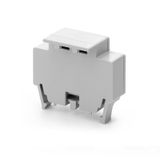
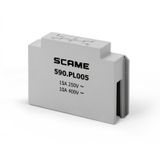
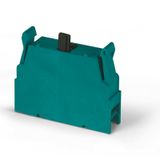
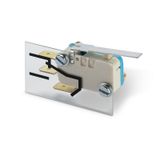
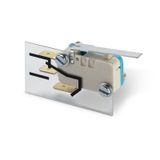

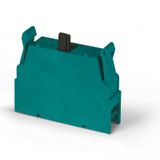
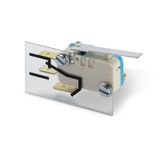
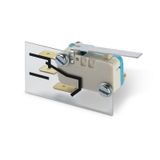
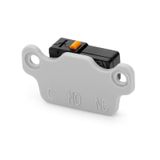
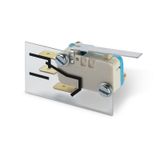
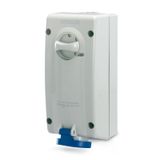
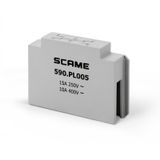
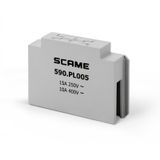
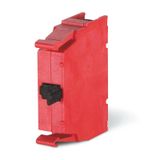
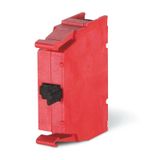
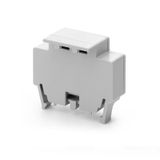
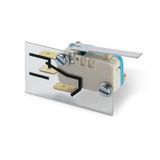
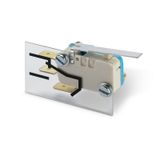
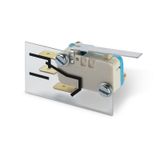
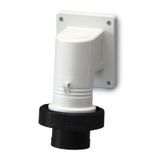
scame breakers and din modular devices overview for board builders
Planners use this platform when rows must stay compact, labels readable, and discrimination clear under real faults. Devices land on 18 mm pitch with solid clip strength for vertical or horizontal rails. Typical envelopes: 1–63 A MCB/RCBO outgoing ways, incomers 63–250 A via switches or MCCBs upstream, and coordinated surge stages at the board head. Terminal cages accept 1.5–25 mm² depending on frame size; torque windows are printed on the front so commissioning doesn’t guess.
Product range and series overview
Outgoing protection covers thermal-magnetic MCBs in B/C/D curves for lighting, socket, motor and inverter feeders, plus RCBOs where nuisance trips and selectivity matter. Residual protection scales from 30 mA personnel to 100/300 mA fire settings with Type A/F/B choices to match electronics and VFDs. Surge elements pair Type 1 for service entrances with Type 2 downstream; combined Type 1+2 cartridges simplify small boards. Metering, change-over, contactors and timing blocks share the same height, so the rail reads cleanly end to end.
scame mcb and rcd units configurations and ratings
MCB frames 1P to 4P with Icn 6–10 kA on building boards; selected ranges offer 15–25 kA for higher fault levels. RCBOs 1P+N or 2P, 6–40 A, 30 mA typical, with switched neutral where isolation rules require it. RCDs 2P/4P 25–125 A in Type A for common electronics, Type F for variable-speed appliances, and Type B when smooth DC is possible (EV, PV, drives). Clear test levers and lock-off accessories keep procedures simple for maintenance nights.
Busbars, auxiliaries, and enclosure fit
Fork and pin combs speed multi-row feeders; shrouded links bridge phases safely across ways. Auxiliaries include OF/SD contacts, shunt trips, undervoltage releases, and interlocks. PE/N bars ship in sizes that actually take ferruled 10–25 mm² neatly. Transparent doors, engraved strips, and QR-coded schedules help O&M teams reconcile circuits after moves and adds.
scame din rail breakers installation notes and wiring space
Depth leaves room for 10–16 mm² RCBO tails without crushing radii. Through-wiring channels keep neutral bars clear for IR tests. Inrush data for LED/PFC loads is documented so you can choose curve C vs D with confidence. Where ambient in risers runs warm, select high-Ta variants and keep 20–30 % spare ways for heat and future feeders.
Technical specifications and standards
Protection devices to EN/IEC 60898-1 (MCB) and EN/IEC 61009/61008 (RCBO/RCD); incomer MCCBs and switches to EN/IEC 60947-2/-3. Assemblies align with EN/IEC 61439; empty boxes with EN/IEC 62208. Coordination tables support upstream selectivity. Surges follow EN/IEC 61643-11 with Type 1 Iimp 12.5–25 kA and Type 2 Imax 40–80 kA per pole; Uc chosen to the system earthing. For planners who package SPDs with metering and head devices, the catalog tags these as scame circuit protection modules so the BOQ stays tidy. Where exposure or EV/PV back-feed exists, specify scame surge protection components with remote-end-of-life indicators tied into BMS DOs. Arc-fault options (EN 62606) are available when the risk assessment calls for AFDDs on sleeping areas or high-risk circuits.
Applications and compatibility
Office floors run lighting on curve B/C MCBs and sockets on RCBOs to cut fault finding. Kitchens and plant rooms move to higher-Icn rows, split-RCD or all-RCBO strategies, and coordinated Type 1+2 surge at the incomer. EV and PV circuits require Type A/F/B RCD selection and DC-tolerant designs. Mechanically, rail height, comb pitch, and door hardware match Scame distribution boards and enclosures, so upgrades don’t alter the fixing method. In procurement notes you’ll often see scame modular protection gear grouped with meters and control blocks to pre-kit each row.
Integration with other brand products
Gland plates, earth studs, and labeling kits align with Scame boards, isolators, and plugs/distributors. Momentary contacts and auxiliary micros deliver clean dry-contact points for BMS alarms. SPDs share the same footprint as metering blocks, keeping head ends compact. With Scame wiring devices at the room edge, RCBO curves and USB-charger de-rating are coordinated so nuisance trips stay off the service desk.
Selection criteria for B2B clients
Protection and selectivity Map fault level at each board; choose MCB Icn and upstream MCCB Icu to maintain discrimination. Decide all-RCBO vs split-RCD from outage risk and circuit density.
RCD type and rating Match load electronics: Type A for common SMPS, Type F near VSDs, Type B at EV, PV and lifts; 30 mA for personnel, 100/300 mA for fire.
Surge concept Use Type 1 at service entries with LPS or high exposure; Type 2 inside; combined units for compact boards. Confirm Uc to system earthing and SPD backup fusing.
Thermal and space Keep 20–30 % spare ways; check device inrush/derating in warm risers; avoid over-tight tails—respect bend radii.
Wiring method Standardise comb type and pole pitch; specify switched neutral where local rules demand visible isolation.
Documentation Fix engraved labels and store test sheets; use QR links to as-builts so maintenance can trace fast.
Advantages of working with Bankoflamps
You receive project-specific B2B pricing linked to your circuit schedule, a named account manager, and live EU stock visibility before commitment. Quotes return quickly—usually within 1 hour. Orders by EAN/MPN drop cleanly into your ERP; downloadable price lists stay current through revisions. Your portal shows lead times and order status, plus purchase-history analytics to standardise device types across sites. Trusted clients can use post-payment terms up to 30 days. We coordinate consolidated shipments to cut freight, show approximate delivery costs at order and confirm before dispatch, and hold stable prices with validity dates so phased works stay predictable.